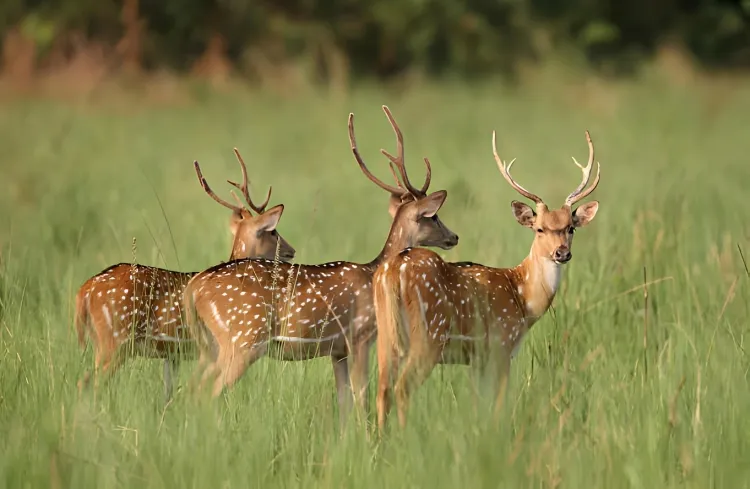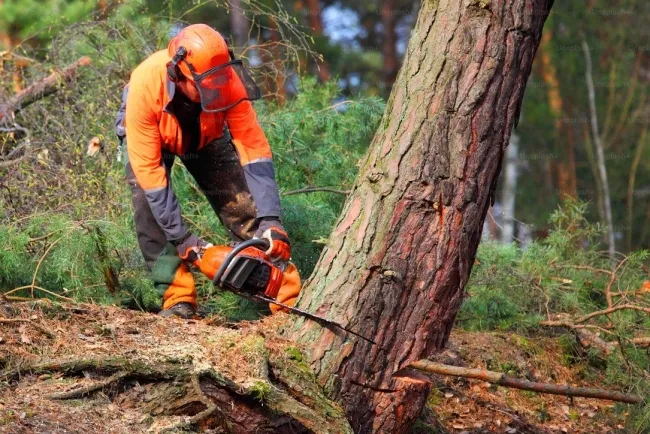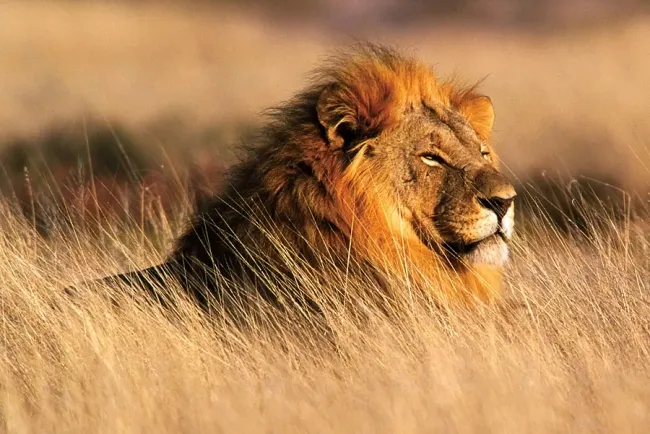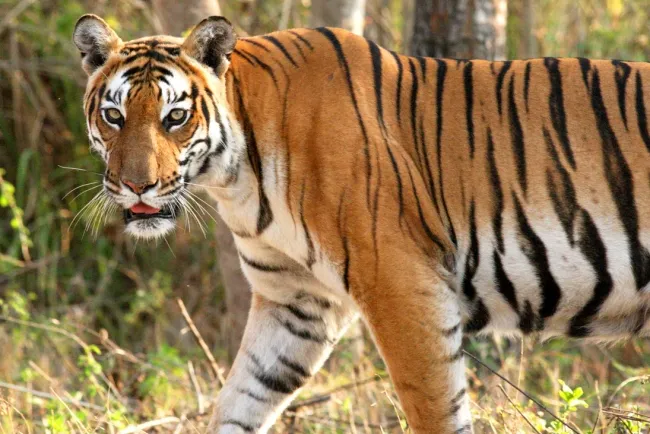The World of Deer: Diet and Diverse Species Explored...!!!
Deer are remarkable creatures with diverse species and adaptations. Their diet changes seasonally, encompassing grasses, leaves, fruits, and bark. Each deer species has unique characteristics and behaviors, making them fascinating to observe and study.

Deer are elegant and captivating creatures that inhabit various regions worldwide. As herbivorous mammals belonging to the family Cervidae, their diverse species showcase unique characteristics and adaptations.
1. Diet of Deer
Deer are primarily herbivores, consuming various plant materials. Their diet changes with the seasons and the availability of food sources. Here's a closer look at what deer typically eat:
a. Grasses and Sedges
During spring and summer, deer mainly graze on grasses and sedges. These plants provide essential nutrients and are plentiful during the warmer months.
b. Leaves and Twigs
In the fall, deer often browse on leaves, twigs, and shoots of woody plants. They particularly favor young, tender leaves from shrubs and trees.
c. Fruits and Nuts
Deer have a preference for fruits and nuts, such as apples, berries, and acorns. These are especially vital food sources in the autumn, helping deer build up fat reserves for the winter.
d. Bark and Evergreen Plants
During winter, when other food sources are scarce, deer may feed on the bark of trees and shrubs, as well as evergreen plants like conifers and holly.

2. Types of Deer
Numerous deer species exist, each with distinct characteristics and habitats. Here are some of the most well-known types of deer:
a. White-Tailed Deer (Odocoileus virginianus)
-
Appearance: Named for the white underside of its tail, which it raises as a flag when alarmed. They have reddish-brown coats in summer that turn grayish-brown in winter.
-
Habitat: Found throughout North and Central America, white-tailed deer inhabit forests, grasslands, and agricultural areas.
-
Behavior: Known for their agility and speed, white-tailed deer are highly adaptable and thrive in various environments.
b. Mule Deer (Odocoileus hemionus)
-
Appearance: Characterized by large mule-like ears, black-tipped tails, and forked antlers. Their coats are brownish-gray.
-
Habitat: Native to western North America, from the Rocky Mountains to the Pacific Coast.
-
Behavior: Mule deer are known for their bounding leaps, called "stotting," and often migrate between higher and lower elevations with the changing seasons.
c. Red Deer (Cervus elaphus)
-
Appearance: One of the largest deer species, with males boasting impressive antlers that can reach up to a meter in length. Their coats are reddish-brown in summer and turn grayish-brown in winter.
-
Habitat: Native to Europe, Asia, and North Africa, red deer inhabit woodlands, grasslands, and mountainous regions.
-
Behavior: Red deer are social animals, often forming large herds. During the rutting season, males engage in fierce battles for mating rights.
d. Roe Deer (Capreolus capreolus)
-
Appearance: Small and graceful, with reddish-brown coats that turn gray in winter. They have short, three-tined antlers.
-
Habitat: Found throughout Europe and parts of Asia, roe deer inhabit woodlands, farmlands, and grasslands.
-
Behavior: Roe deer are solitary or form small family groups. They are known for their agility and can jump great distances to escape predators.

e. Sika Deer (Cervus nippon)
-
Appearance: Spotted coats that vary in color from reddish-brown to dark brown. Males have antlers that are typically less branched than those of red deer.
-
Habitat: Native to East Asia, sika deer have been introduced to various parts of the world, including Europe and North America. They inhabit woodlands, grasslands, and wetlands.
-
Behavior: Sika deer are adaptable and thrive in diverse environments. They are known for their vocalizations, including whistles and barks.
Deer are remarkable creatures with diverse species and adaptations. Their diet changes seasonally, encompassing grasses, leaves, fruits, and bark. Each deer species has unique characteristics and behaviors, making them fascinating to observe and study. From the widespread white-tailed deer to the majestic red deer, these animals continue to captivate our imagination and enrich the natural world.
What's Your Reaction?

















